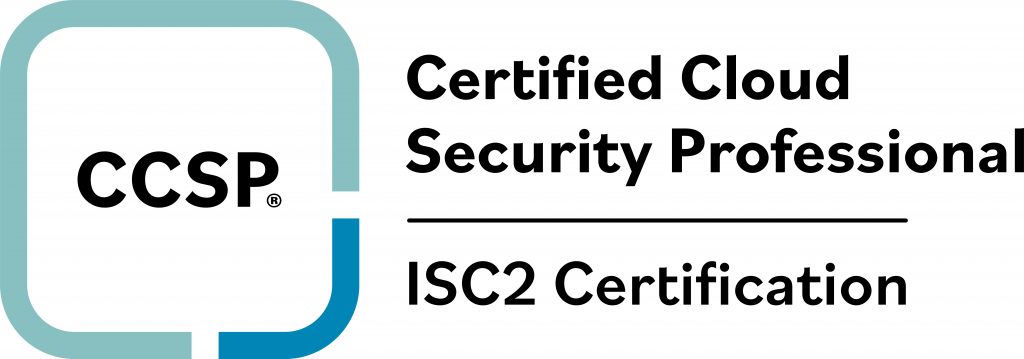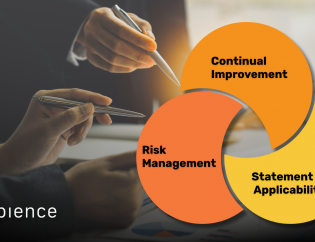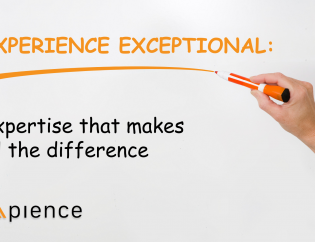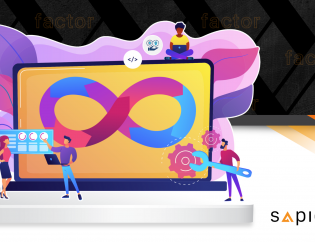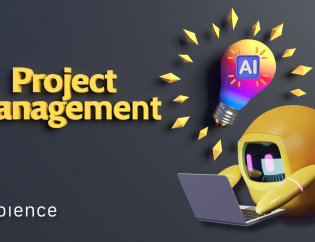‘Shift Left’ Responsible AI
Conditions for a
Responsible AI Practice
(Part 2/2)
Written by :
Senior Consultant
Sapience Consulting
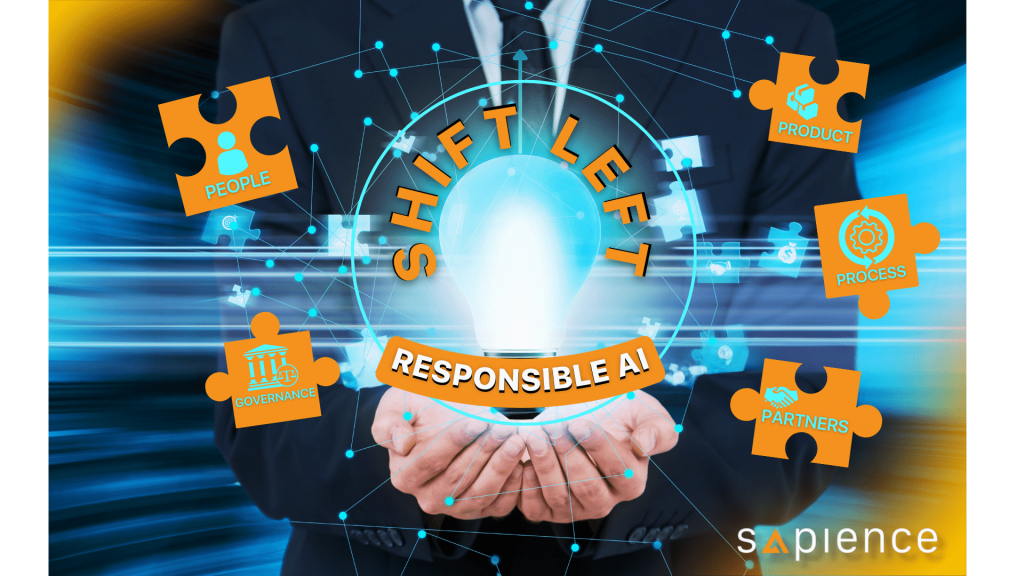
What is ‘Shift Left’?
We often explain ‘Shift Left’ as doing things as early as possible or as close to the source as possible. Given most of the writing styles are from left to right, when we write down the stages of (technology adoption) life cycles, we start with generating the concept, conducting POC (proof of concept), working on designs, implementing the blueprints, testing and validating, rolling out to the production to maintaining BAU (business as usual). Roughly as below –
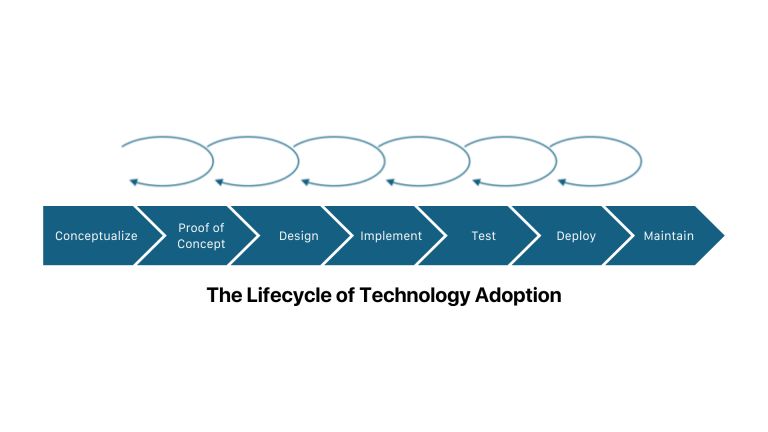
‘Shift Left’ promotes starting work as close to the ‘left’ side as possible. For example, as we adopt a new solution, what we envision at the production environment – functionality, performance, security, operation capabilities, …etc., we shall slowly bake them in from the early stage.
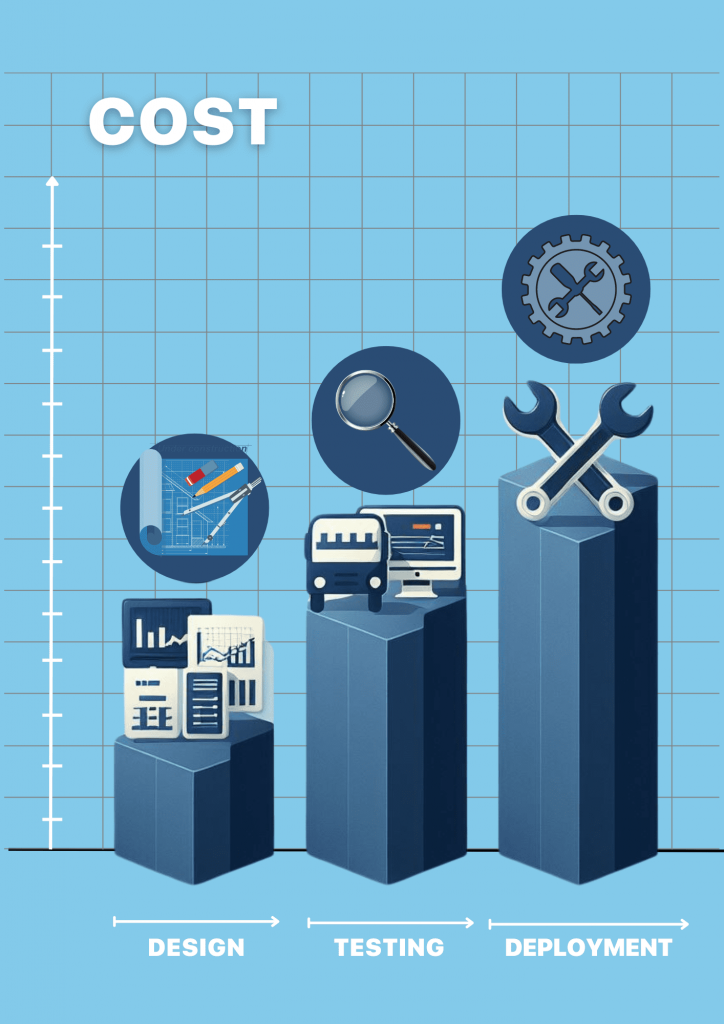
Imagine a city gets new funding to build a brand new sportsplex. More than often, gym, pool, spinning room, rock climbing wall, … functional requirements come up immediately, even the parking lot. Just right before the grand opening, if the city realises the general accessibility for disabled, wheelchair, family with infants and seniors is missing (without being conceptualised , designed and architected in from the beginning), retrofitting would cost enormous amounts of money and time. The end result is often awkward and clumsy if the requirements were not included up-front.
One frequently-quoted fact to demonstrate the value of ‘Shift Left’ is that, generally, the cost of fixing a defect would be much less if it could be caught at the previous stage. For example, correcting a defect surfacing during deployment would cost (effort and time combined in economic terms) 3 or 5-person-day; however, if the defect could be found and fixed in the previous test stage, it’d cost ≤ 1-person-day only. Often fixing it during deployment involves profound changes, requires overall re-test and re-organises the deployment.
It is worth noting that we are not demanding elaborative requirements finalising or super detailed design up front. Instead, considering enough to move forward it is.
Why do we need to ‘Shift Left’ Responsible AI?
Thinking back to 2016, if you were dealing with any business even-just-remotely-related to Europe / European people – regardless of your position within the company, technical or not, one of the nightmare-ish keywords back then was ‘GDPR’ (General Data Protection Regulation) from the European Union. The European Parliament and Council of the European Union adopted the GDPR on 14 April 2016, to become effective on 25 May 2018. Back then, numerous organisations stared at their colossal existing infrastructure, applications, databases, processes, data/ information, etc … and wondered where and how to bolt on the new regulatory requirements. The journey to be compliant (or simply to avoid being fined) was cumbersome.
Borrowing the GDPR experience, ‘Shift Left’ Responsible AI is an imperative approach – considering its elements: Governance, People, Process, Product and Partners at an early phase, ensure all is shaped up along the adoption journey and continually evolving with the solution.
Regulation front, as of March 2024
Visiting the current legal development worldwise (as mentioned earlier, this perspective would be the minimum yet mandatory requirements to fulfil)
- In March 2024, PDPC (The Personal Data Protection Commission) Singapore issued a closing note to the public consultation, and has subsequently published the Advisory Guidelines on Use of Personal Data in AI Recommendations and Decision Systems in alignment.
- On December 9 2023, European Union Parliament reached a provisional agreement with the Council on the AI act. The agreed text will now have to be formally adopted by both Parliament and Council to become EU law.
- In the US, President Biden issued an Executive Order in Oct 2023 to establish new standards for AI safety and security, protect Americans’ privacy, advance equity and civil rights, stand up for consumers and workers, promote innovation and competition, advance American leadership around the world, and more.
- The Canadian government is working on Bill C-27, an Act to enact the Consumer Privacy Protection Act, the Personal Information and Data Protection Tribunal Act and the Artificial Intelligence and Data Act and to make consequential and related amendments to other Acts.
- (the list is not exhaustive)

Final Thoughts
As we are all hoping AI would reduce the amount of chores / boring stuff / overheads that we must do, Responsible AI seems to bring on more nightmares. Does it ?! We believe the ‘Shift Left’ approach is the most economical and sensible option. Act now!
Gain the Knowledge You Need for Responsible AI:
Enhance your understanding with these relevant courses.
Check out our IBF-approved courses! There is no better time to upskill than now!


